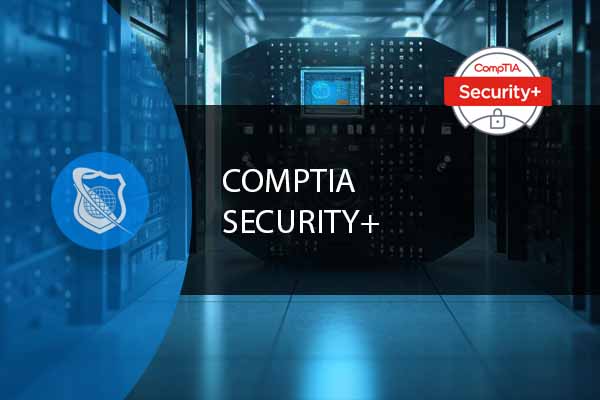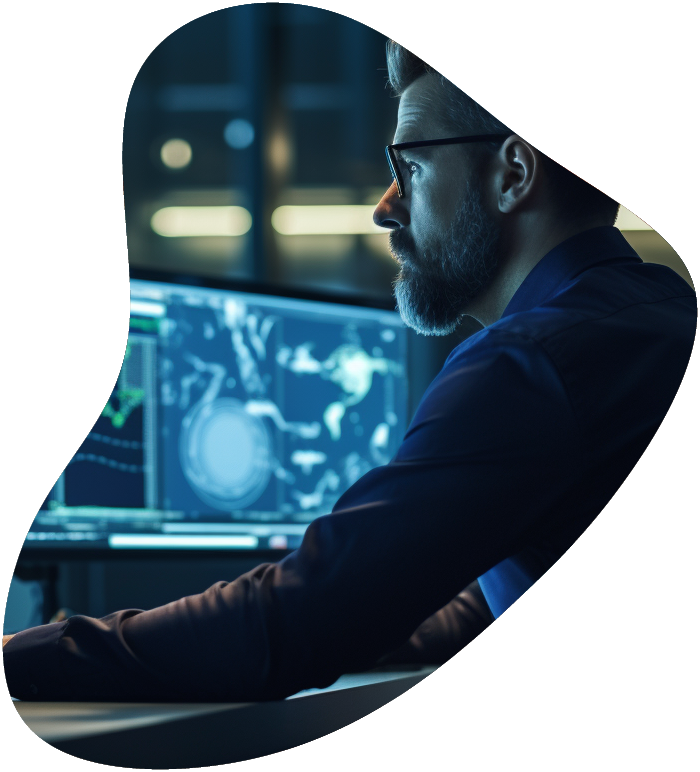| Open Source Intelligence (OSINT) | The process of collecting and analyzing information from publicly available sources for intelligence purposes. |
| Ethical OSINT | Adhering to ethical guidelines and privacy laws while collecting and analyzing open-source information. |
| Public Records | Government databases, court records, business registries that provide publicly accessible information. |
| Social Media Analysis | The process of extracting and analyzing information from social media platforms. |
| Deep Web | Part of the internet that is not indexed by standard search engines and requires special access. |
| Dark Web | A subset of the Deep Web that is intentionally hidden and often associated with illegal activities. |
| Geospatial Information | Data related to geographic locations, including satellite imagery and maps. |
| DNS Records | Records in the Domain Name System that provide information about domains and their associated IP addresses. |
| WHOIS Data | Information about domain registration, including registrant, domain creation date, and contact details. |
| Maltego | A tool used for open-source intelligence and forensics, focusing on network and relationship analysis. |
| Shodan | A search engine for Internet-connected devices, useful for discovering devices and services. |
| TheHarvester | A tool for gathering emails, subdomains, hosts, and employee names from different public sources. |
| Data Mining | The process of analyzing large datasets to discover patterns and relationships. |
| Critical Thinking | The ability to objectively analyze information and form a judgment, crucial in OSINT for verifying data. |
| Digital Literacy | The ability to effectively find, identify, evaluate, and use information in digital formats. |
| Ethical Hacking | The practice of legally breaking into computers and devices to test an organization’s defenses. |
| Information Overload | The difficulty in managing and making sense of large volumes of information. |
| Misinformation | False or inaccurate information, often spread unintentionally. |
| Disinformation | Deliberately misleading or biased information, manipulated narrative or facts, often for harmful purposes. |
| Digital Footprint | The trail of data left by interactions in a digital environment, including social media activity, and website visits. |
| Data Protection | Measures and practices for safeguarding personal or sensitive information from unauthorized access or loss. |
| Privacy Laws | Regulations governing the handling of personal data and protecting individual privacy rights. |
| Automated Tools | Software used to automate the collection and analysis of data in OSINT. |
| Search Engines | Tools used to find information on the internet, such as Google, Bing, and specialized search engines. |
| Network Analysis | The process of examining relationships among network components in information technology. |
| Data Analysis | The process of inspecting, cleansing, transforming, and modeling data to discover useful information. |
| Verification | The process of confirming the accuracy and truthfulness of information. |
| Reporting | The act of presenting findings in a clear, concise, and actionable manner. |
| Legal Compliance | Adherence to laws and regulations in the context of OSINT practices. |
| Continuous Learning | The ongoing process of acquiring new knowledge and skills, particularly important in the rapidly evolving field of OSINT. |
| Technical Barriers | Challenges in accessing or understanding information due to technological complexities. |
| Source Verification | The process of confirming the reliability and credibility of information sources. |
| Intelligence Gathering | The systematic collection of information from various sources for analysis. |
| Data Visualization | The representation of data in graphical format to make analysis easier and more accessible. |
| Anonymity | The state of being anonymous, important in OSINT to protect the researcher’s identity. |
| Cybersecurity | The practice of protecting systems, networks, and programs from digital attacks. |
| Market Research | The process of gathering, analyzing, and interpreting information about a market. |
| Journalism | The activity of collecting, assessing, creating, and presenting news and information. |
| Law Enforcement Investigations | The process by which law enforcement officers study and solve crimes. |
| Ethical Considerations | Moral principles guiding the conduct of OSINT activities. |
| Information Security | The practice of preventing unauthorized access, use, disclosure, disruption, modification, inspection, recording, or destruction of information. |
| Risk Analysis | The process of identifying and analyzing potential issues that could negatively impact key business initiatives or projects. |
| Social Engineering | The art of manipulating people to give up confidential information. |
| Threat Intelligence | Information used to understand the threats that have, will, or are currently targeting the organization. |
| Digital Forensics | The process of uncovering and interpreting electronic data for use in a court of law or to understand and track the digital footprints of cybercriminals. |
| Information Authenticity | The assurance that information is genuine and can be trusted. |
| OSINT Frameworks | Structured approaches or methodologies for conducting open-source intelligence. |
| Data Correlation | The process of establishing a relationship or connection between two or more data sets. |













